That time Andy Warhol worked for Trump (who didn't pay him).
Theestablished artist and the rampant young millionaire. A figure who was already marking the history of art and one who would mark the history of finance and politics. A brief encounter, probably of little significance to either, but one that certainly represents a curious episode in 1980s New York. We are talking about the meeting between Andy Warhol and Donald Trump: a marginal chapter in both the artist’s and the tycoon’s lives, but one that was able to bring to light the enormous differences that separated the two personalities, and to give insight into how Donald Trump viewed art, even that of one of the most celebrated artists of the 20th century. Which is to say: simple decor. Luxury trappings for display.
This is New York City in 1981. Andy Warhol was now a celebrity. The father of Pop Art, the pioneer of a visual language that celebrated the icons of mass culture and consumerism, Warhol had long since made his mark with his silkscreen prints of Marilyn Monroe, Campbell’s soup cans, and portraits of Jackie Kennedy. For more than two decades he had been working at his Factory, the legendary New York studio frequented by the great stars of the jet set, which within a quarter century of its opening would change four locations. Warhol himself, who was then more than 50 years old, was already considered something of a living legend. Meanwhile, a short distance from where Warhol worked, Donald Trump, a young New York real estate developer, had already climbed the ranks of the city’s financial elite. With the aggressive and ambitious character that would make him famous and that later became a hallmark of his own political action, Trump had already earned a place in the spotlight, with his role in the family business (his father, Fred, was one of New York’s leading postwar real estate developers) and his frequent appearances in the media. He was only thirty-five years old, but for the past three he had been investing in the construction of Trump Tower, one of his most ambitious real estate deals, a 200-meter by 58-story skyscraper intended to be the headquarters of the Trump Organization as well as the young entrepreneur’s residence. The building, designed by architect Der Scutt, was nearing completion (construction finished in 1983) and was to become one of Manhattan’s most recognizable structures, a symbol of luxury and opulence, as well as of the Trump family’s economic power. But it is also a symbol, if you will, of Trump’s voracity: for its construction, in fact, the Bonwit Teller warehouse, an important building in early 20th-century New York designed by Whitney Warren and Charles Wetmore, was demolished starting in 1980 precisely to allow the construction of Trump’s skyscraper. The Metropolitan Museum tried to obtain from Trump at least the limestone reliefs that adorned the building, but the sculptures, so as not to get in the way of the work and to keep the cost of constructing the tower down, were destroyed along with the building. By a curious coincidence, the very windows of the Bonwit Teller had hosted a number of exhibitions by the young Warhol in the 1950s and 1960s.
Here, it was in this context that the paths of Andy Warhol and Donald Trump crossed. Trump needed to decorate the lobby of the residential area of his tower. And to do so, he decided to turn to thestar system’s most in-demand and coveted artist . Warhol, who himself had never disdained commercial commissions (and, indeed, by that time, at the end of his career, he was no longer the experimental artist he had once been: he was now almost entirely taken up with commission work), agreed to work for Trump.
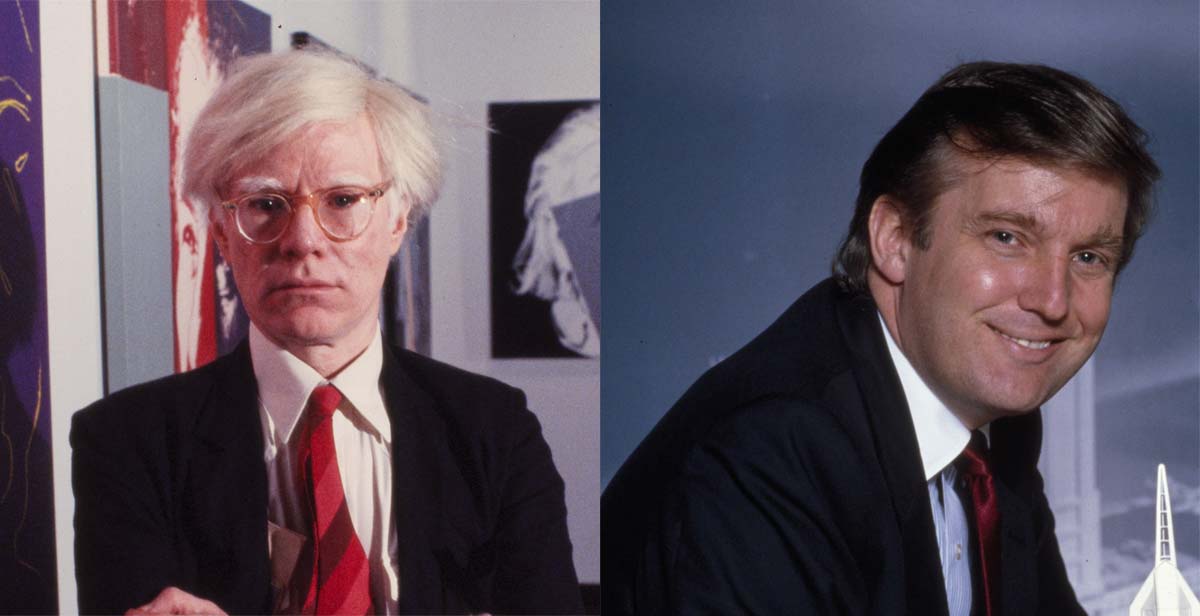
The commission: a series of works for Trump Tower
The meeting between Warhol and Trump took place on April 24, 1981, the day the two met at the Factory. They had met a couple of months earlier, at a birthday party given by controversial lawyer Roy Cohn, through the intermediary of Marc Balet, art director of Interview magazine for which Warhol had worked. Of that party, Warhol would give a brief account in his Diaries, under the date of February 22, 1981.
And of course there is no shortage, under the April 24 entry, of a summary of the meeting. “I met Donald Trump at the office (cab $5.50). It was Marc Balet who arranged this meeting. I keep forgetting that Marc gave up architecture to become art director, but he still builds models at home, he told me. He’s designing a catalog for all the stores in the lobby of Trump Tower, and he told Donald Trump that I should do a portrait of the building to hang above the entrance to the residential part. So they came to talk about it. Donald Trump is really attractive. A girl named Evans was with him, and then there was another woman. It was really strange, these people are really rich. They talked about buying a building yesterday for $500 million or something like that. [...]. [Trump] is a very masculine guy. Nothing has been decided, but I will still do paintings and show them.” Trump intended to use Warhol’s services to bolster the image of wealth in his new tower, while Warhol would add to his “resume,” so to speak, a new work commissioned by an influential client.
For the young millionaire, Warhol decided to create a series of silkscreens on canvas that reproduced, in different color variations, the Trump Tower itself: for the eight plates that make up the series, Warhol envisioned a stylized representation of the building. It was a choice in line with his aesthetic: in fact, Warhol used to devote himself to real-world, easily recognizable subjects, re-proposing them in different color variants, in order to transform them into works of art that were able to capture the essence of consumerism and the obsession with the image (hence the idea of seriality that is one of the hallmarks of Warhol’s poetics).
The artist delivered the works to Trump in a very short time, just three months to finish the work-his creative process was, after all, decidedly rapid. First, the drawings: simple pencil sketches, elaborated on the photographs that Christopher Makos, Warhol’s assistant, had taken of the building’s architectural models on May 14 with the artist (the two had gone to Trump’s office at 40 Wall Street). And then, the paintings: the Trump Tower, in Warhol’s series, towers frontally over the buildings that surround it. The focus is all on the tower, well outlined above the dark, indistinguishable mass of the other skyscrapers. All the canvases come in a variety of colors, though not with the electric, bright hues typical of Warhol’s art: for the series on Trump Tower, the artist had stuck to a range from gray to gold through black and silver. Warhol had chosen these colors because he felt they were suitable for representing a building that, on the finished print, should give the relative a clear idea of its monumentality. Had it been pink or yellow, the impression would have been different. More subdued colors than Warhol was used to better convey the idea of the tower’s grandeur, to emphasize the brilliance of its surfaces.
There was no shortage of dustings of what Warhol called Diamond dust, “diamond dust”: it was actually nothing more than crumbled glass, which Warhol sprinkled over the ink still fresh after printing. He avoided using real diamonds not so much because of a cost issue (his clients, after all, would have no problem with that): he had begun experimenting with real diamonds, but found that, once shattered, they had too dusty and opaque a texture to give the works the sense of opulence and luster that the artist sought. So Warhol soon replaced the diamonds with glass, while still continuing to call his preparation Diamond dust . The magic, in short, was not to be broken.
We have to imagine a Warhol pleased with the result, a Warhol who, as might be expected, hoped that Trump would also appreciate his work, especially considering the importance the tycoon attached to image and prestige. Such was not the case.
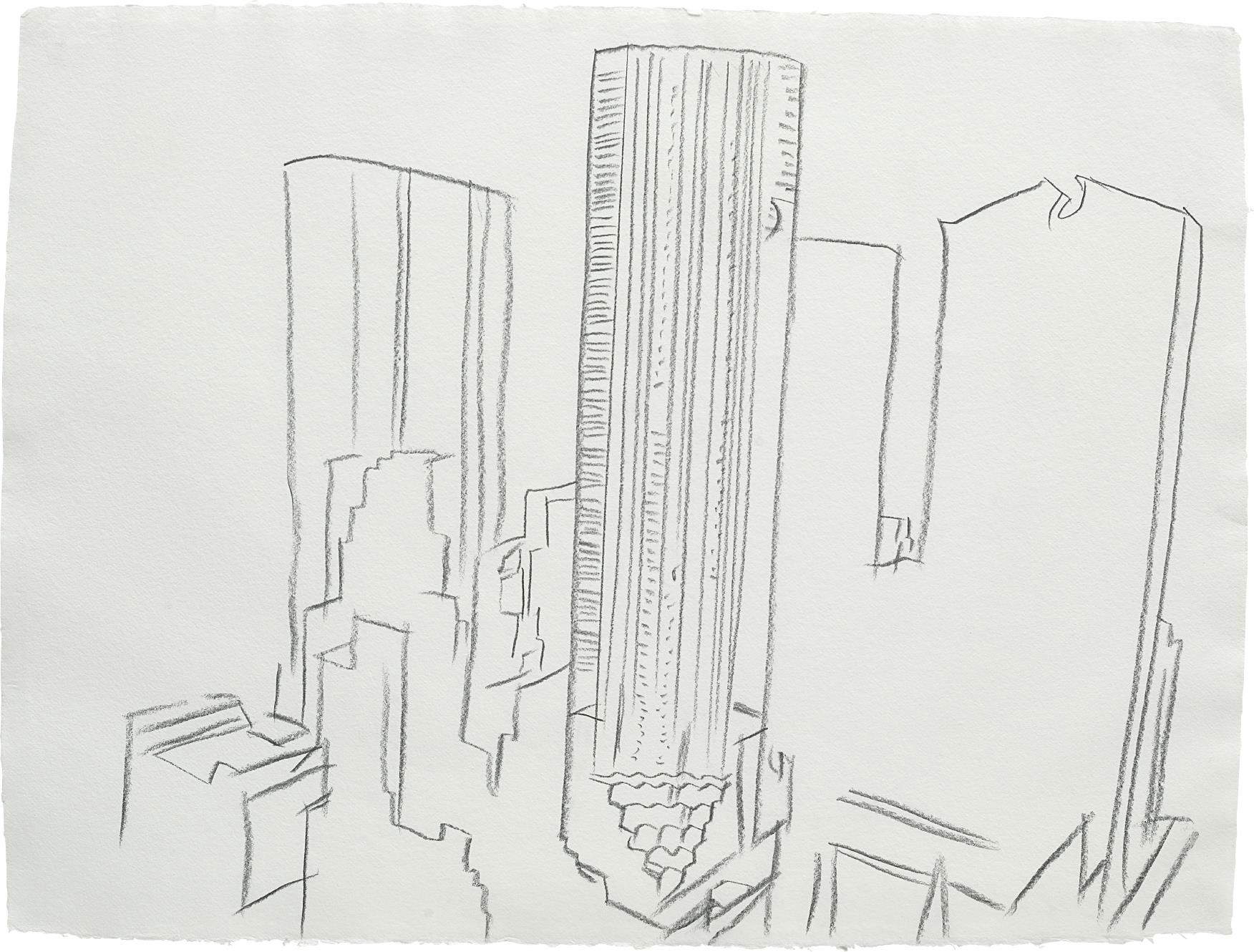
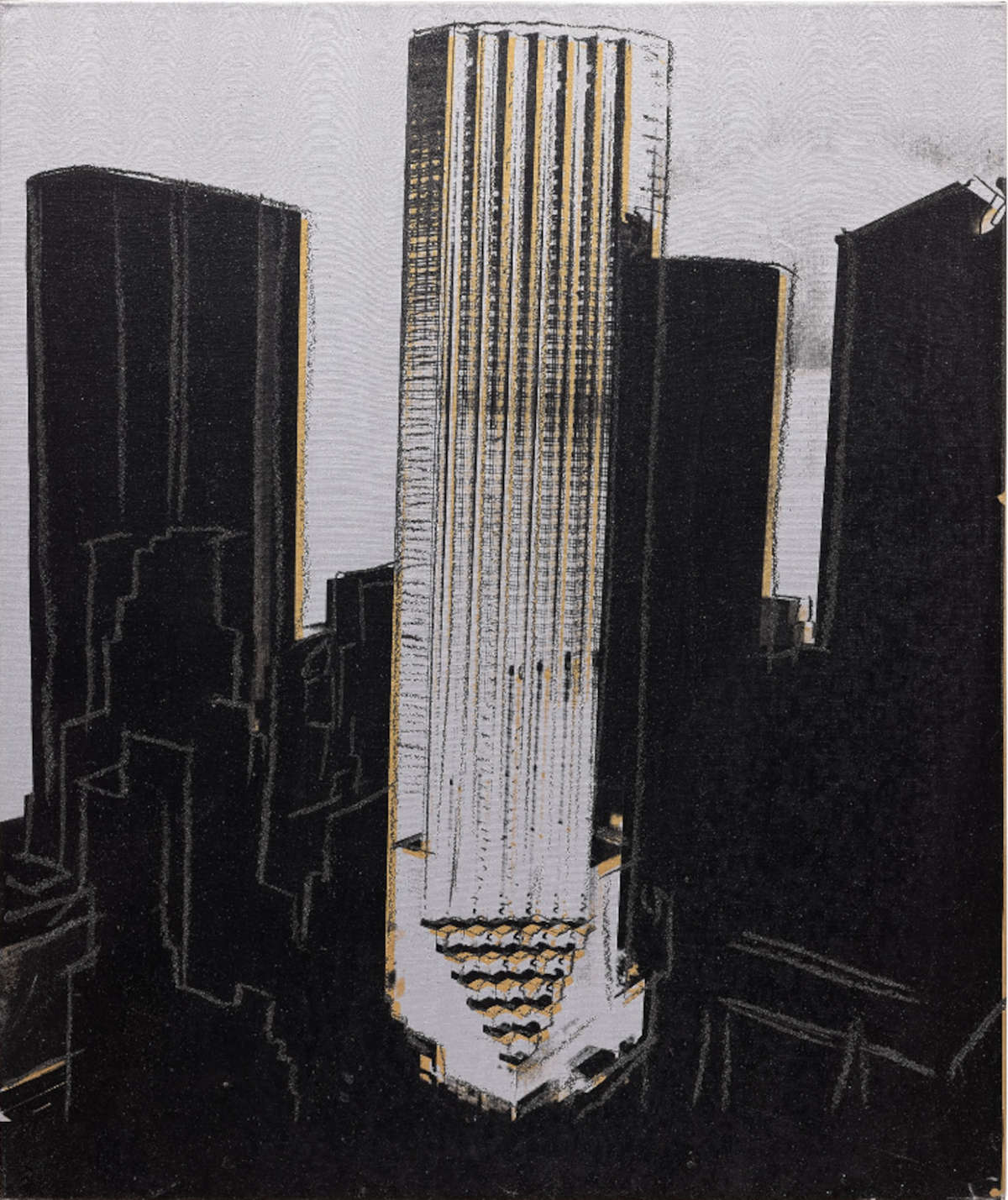
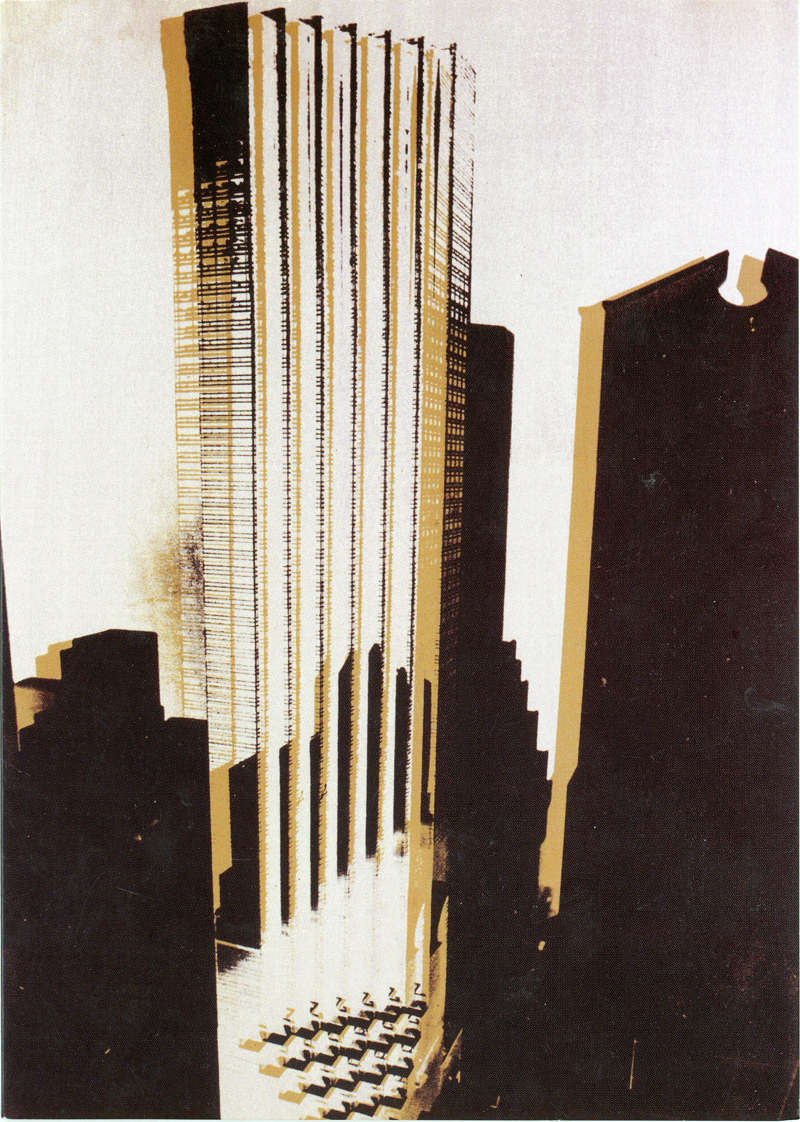
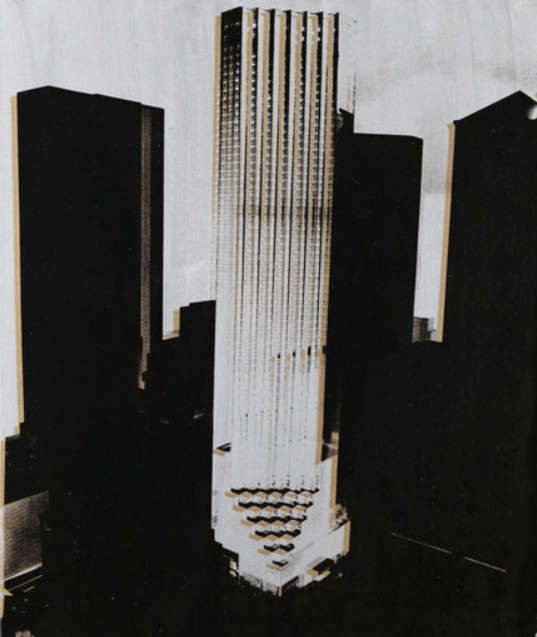
Trump’s rejection and Warhol’s reaction
When Warhol presented his works to Trump, the artist faced an unexpected reaction. Trump did not like Warhol’s work at all and, to the artist’s surprise, refused to purchase the silkscreens. He did not pay him. Warhol had worked virtually for free. From what we know, Trump expected a work more in line with his tastes. He probably would have wanted it more flamboyant, more boisterous, richer, more suited, in his mind, to represent the power that Trump Tower was supposed to symbolize. And then, according to Trump, the colors Warhol chose did not fit the hues of the lobby of the Trump Tower residential area.
Warhol’s diaries shine through his frustration and disappointment with that rejection. And the artist would note, not without a certain irony, that Trump had appeared rather cheap to him. “The Trumps have arrived,” reads the lines Warhol notes on the date of August 5, 1981, the eve of his 58th birthday. “Donald Trump, his wife and two ladies who work for him, I think. Mrs. Trump is six months pregnant. I showed them the paintings of Trump Tower that I had done. I don’t know why I did so many, I did eight. In black, gray and silver, which I thought would be really chic for the lobby. But it was a mistake to do so many, I think it confused them. Mr. Trump was very upset because they were not color coordinated. They have Angelo Donghia doing the decorations, so they will come down with samples of material so I can make the paintings to match the pinks and oranges. I think Trump is a little cheap, I have that feeling. And Marc Balet who organized everything was a little shocked. But maybe Mrs. Trump will think of a portrait because I let them see Lynn Wyatt’s portraits behind the paintings in the building, so maybe they will get the idea.”
A meeting of two irreconcilable worlds
Warhol had executed his silkscreens on canvas according to his own ideas. His New York Skyscrapers (as they would later be called) are “testimony to Warhol’s ability to encapsulate the spirit of an era characterized by excess” and a “powerful commentary on the pursuit of the American dream as seen through the lens of one of the 20th century’s greatest artists.” this is how the work is presented in the November 19, 2024 Phillips auction catalog, where one of the eight works in the series is for sale. A comment on the pursuit of a dream in the true sense of the term: it should not be forgotten that Warhol had created his works based on images of the building model. They are thus reproductions of an idea and not of a real object, with all that this entails in symbolic terms: not so much portraits of the tower as symbols of the millionaire’s ambition. An image that communicates power, greed, self-referentiality. Trump, on the other hand, did not consider the works as a product of the hand of one of the greatest artists of his time: for the millionaire they were mere furnishing accessories. Better if luxurious. For Trump, the importance of the artist to art history did not matter, much less did his skill. He cared about exhibiting the signature of an expensive artist.
A highly significant rejection, in short. Symbolic of the incompatibility between two worldviews, two approaches to fame and image. On the one hand, Warhol, the master of Pop Art, who sought to turn everything into a pop icon, attempting to flatten the differences between culture and consumerism; on the other hand, Trump, a businessman who saw the world in terms of success and failure, luxury and economic power. Trump’s rejection is also interesting because it perhaps underscores a contradictory element in Warhol’s art: although Warhol was an artist who celebrated superficiality and an obsession with fame, he failed to fully understand the new language of appearance embodied by a figure like Trump.
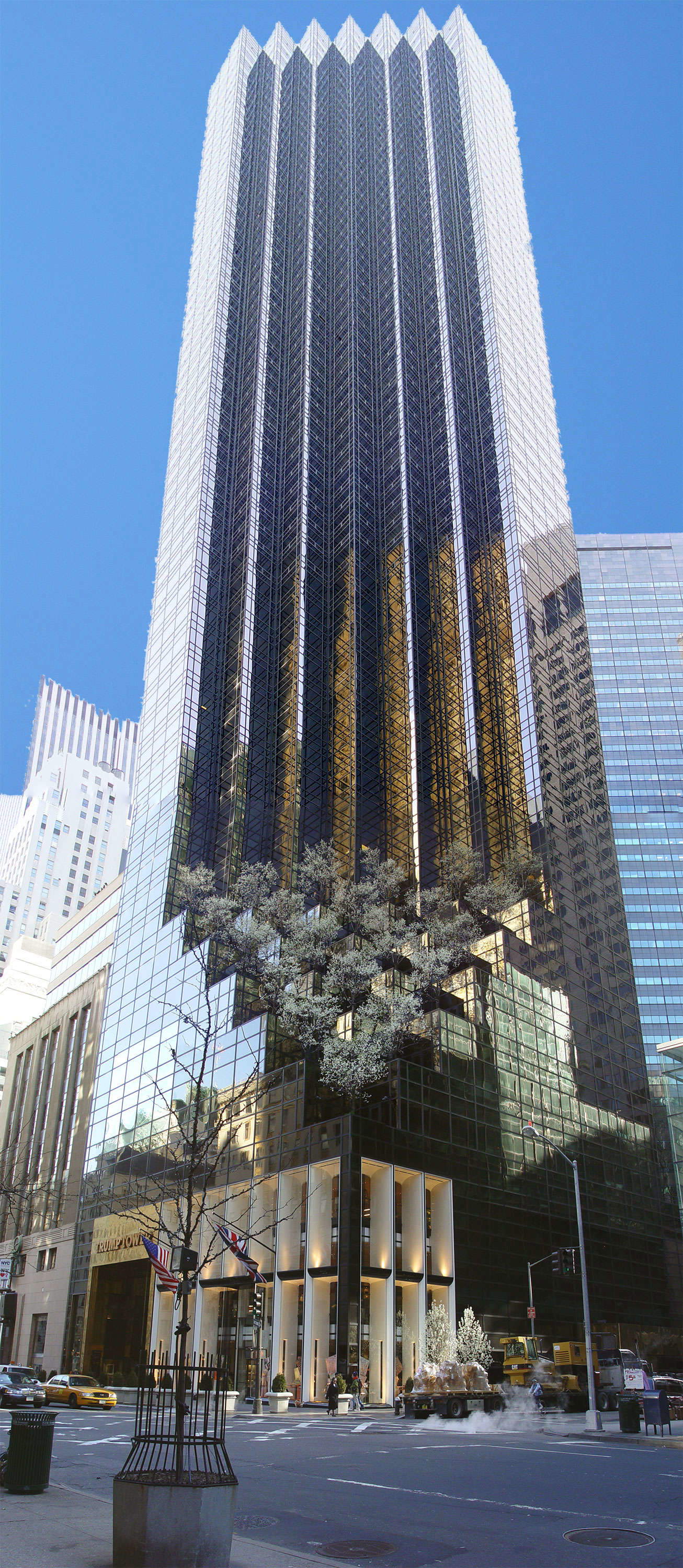
What happened after the meeting between Warhol and Trump
The silkscreens made for Trump were one of the last commissions Warhol worked on before his death in 1987. Despite the tycoon’s rejection, these works have survived as evidence of an encounter that somehow captured the spirit of the 1980s and the complex relationship between art and power. As far as we know, the collaboration was interrupted. Warhol must have refused to remake the works pandering to Trump’s ideas. However, despite the disappointment, he hoped to still get something out of the tycoon. As we read from the diary, Warhol hoped that at least Mrs. Trump, Ivana, might commission a portrait of him. But it did not turn out that way. The two met again at Roy Cohn’s on February 26, 1983. The discomfort was obvious: “Ivana Trump,” we read in Warhol’s diary, “was there, and when she saw me she was embarrassed, and she said, ’Oh, what happened then to those works?’, and I already had a speech in mind to tell her two, but I was undecided whether to let it go or not, and she was trying to walk away, and finally she did.”
Warhol had barely held back. And he had been pretty hurt. On January 15, 1984, the artist took a tiny bit of revenge. He had been chosen as a judge for the cheerleading tryouts of the New Jersey Generals, an American football team that had just been bought by Trump. The jury’s appointment was at noon at Trump Tower. “I took my time, went to church, and finally showed up around 2 o’clock. It’s because I still hate the Trump people because they never bought the paintings I had done of Trump Tower. So I showed up when they were already down to their 50th girl and only 20 more to go.” Warhol would no longer deal with Donald Trump and his wife.
What happened next to the eight works in the New York Skyscrapers series? Two remained with the artist, and are now owned by the foundation that manages his legacy: they are at the Warhol Museum in Pittsburgh. Six others, however, ended up in private collections. The same goes for the sketches, which also ended up on the market. The only one of the eight canvases that has re-emerged on the market is the one from the Phillips auction on November 19, 2024, a work estimated at between $500,000 and $700,000: Swiss art dealer Bruno Bischofberger had bought it, and from him it had then passed to a private collection. The public was able to see it in 2001 at the Gems & Skyscrapers exhibition that the dealer organized at his gallery venue in Zurich. After that, no other public outing for Warhol’s Trump Tower. And perhaps the artist never imagined that the cheap millionaire, as it seemed to him, would become two-time president of the United States.
Warning: the translation into English of the original Italian article was created using automatic tools. We undertake to review all articles, but we do not guarantee the total absence of inaccuracies in the translation due to the program. You can find the original by clicking on the ITA button. If you find any mistake,please contact us.




























